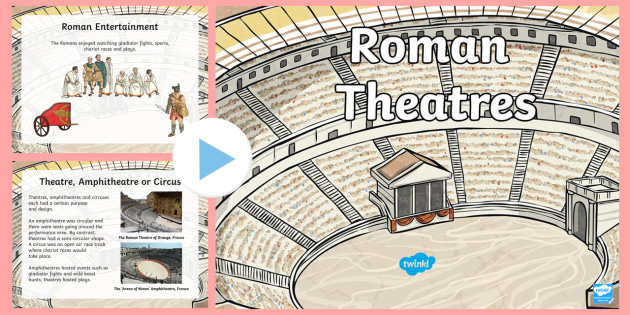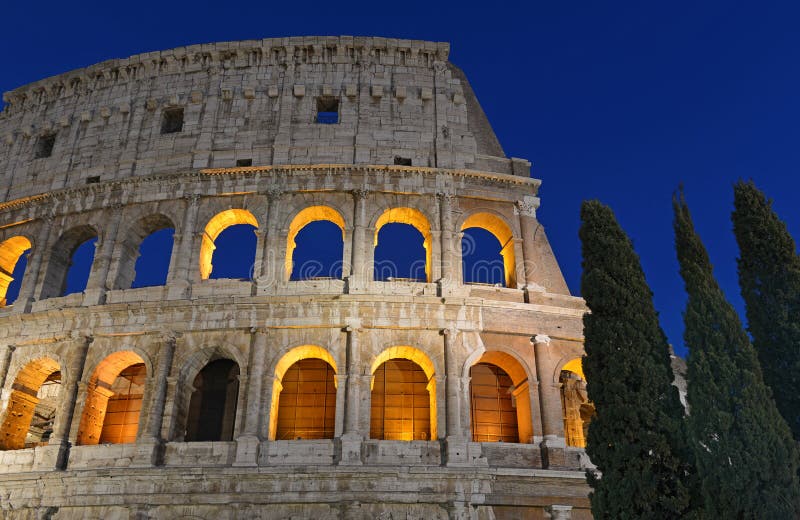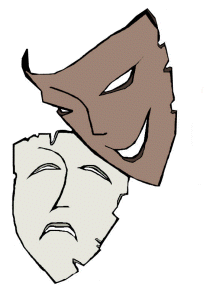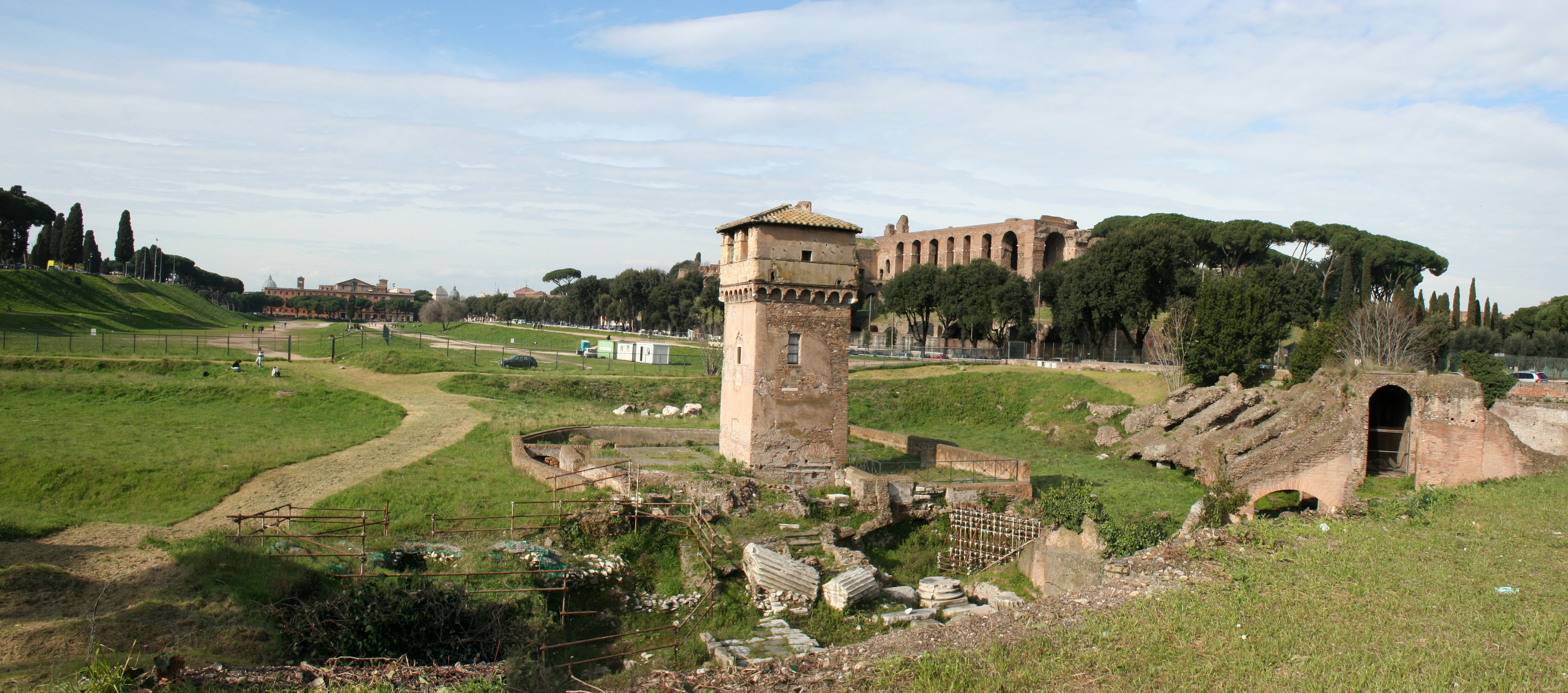Roman entertainment was a vital part of daily life in ancient Rome. It served as a means of recreation, distraction, and cultural expression for the Roman people. The Romans were known for their love of entertainment, and they had a variety of activities and events that they enjoyed.
One popular form of entertainment in Rome was the gladiatorial games, which were held in large amphitheaters such as the Colosseum. These games involved skilled fighters, often slaves or prisoners of war, who fought each other or wild animals in a combat spectacle for the enjoyment of the audience. The gladiators were trained in a variety of fighting styles, and their matches were often staged as mock battles between different nations or cultures. The gladiatorial games were a source of great entertainment for the Romans, and they were a popular form of public spectacle for hundreds of years.
Another popular form of entertainment in Rome was the theater. The Romans were avid theater-goers, and they had a number of professional theaters in their cities. These theaters were used to stage plays, comedies, and tragedies, and they were often very elaborate, with seating for thousands of spectators. Roman theater was heavily influenced by the Greek tradition, and many of the plays that were performed were adaptations of Greek works.
In addition to the gladiatorial games and theater, the Romans also enjoyed other forms of entertainment such as chariot racing, animal fighting, and sporting events. Chariot racing was a popular sport in Rome, and it was held in large stadiums called circuses. The Romans also enjoyed animal fighting, and they held events in which animals such as bears, lions, and elephants were pitted against each other or against human fighters.
Aside from these organized forms of entertainment, the Romans also enjoyed more informal activities such as socializing with friends, playing games, and engaging in recreational activities. They were particularly fond of board games and outdoor sports, and they had a number of public parks and gardens where people could relax and enjoy the outdoors.
Overall, Roman entertainment played an important role in the daily lives of the Roman people. It provided them with a way to relax, have fun, and escape the stresses of daily life. It also served as a way to celebrate their culture and traditions, and it helped to bring people together and foster a sense of community.







